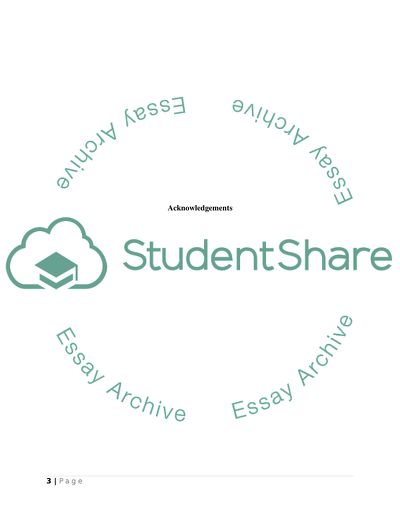Cite this document
(“Delay Tolerant Networking (DTN)/ Disruption Delay Tolerant Networking Thesis”, n.d.)
Retrieved from https://studentshare.org/information-technology/1633231-delay-tolerant-networking-dtn-disruption-delay-tolerant-networking-dtn
Retrieved from https://studentshare.org/information-technology/1633231-delay-tolerant-networking-dtn-disruption-delay-tolerant-networking-dtn
(Delay Tolerant Networking (DTN)/ Disruption Delay Tolerant Networking Thesis)
https://studentshare.org/information-technology/1633231-delay-tolerant-networking-dtn-disruption-delay-tolerant-networking-dtn.
https://studentshare.org/information-technology/1633231-delay-tolerant-networking-dtn-disruption-delay-tolerant-networking-dtn.
“Delay Tolerant Networking (DTN)/ Disruption Delay Tolerant Networking Thesis”, n.d. https://studentshare.org/information-technology/1633231-delay-tolerant-networking-dtn-disruption-delay-tolerant-networking-dtn.


